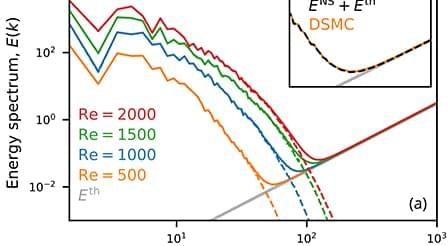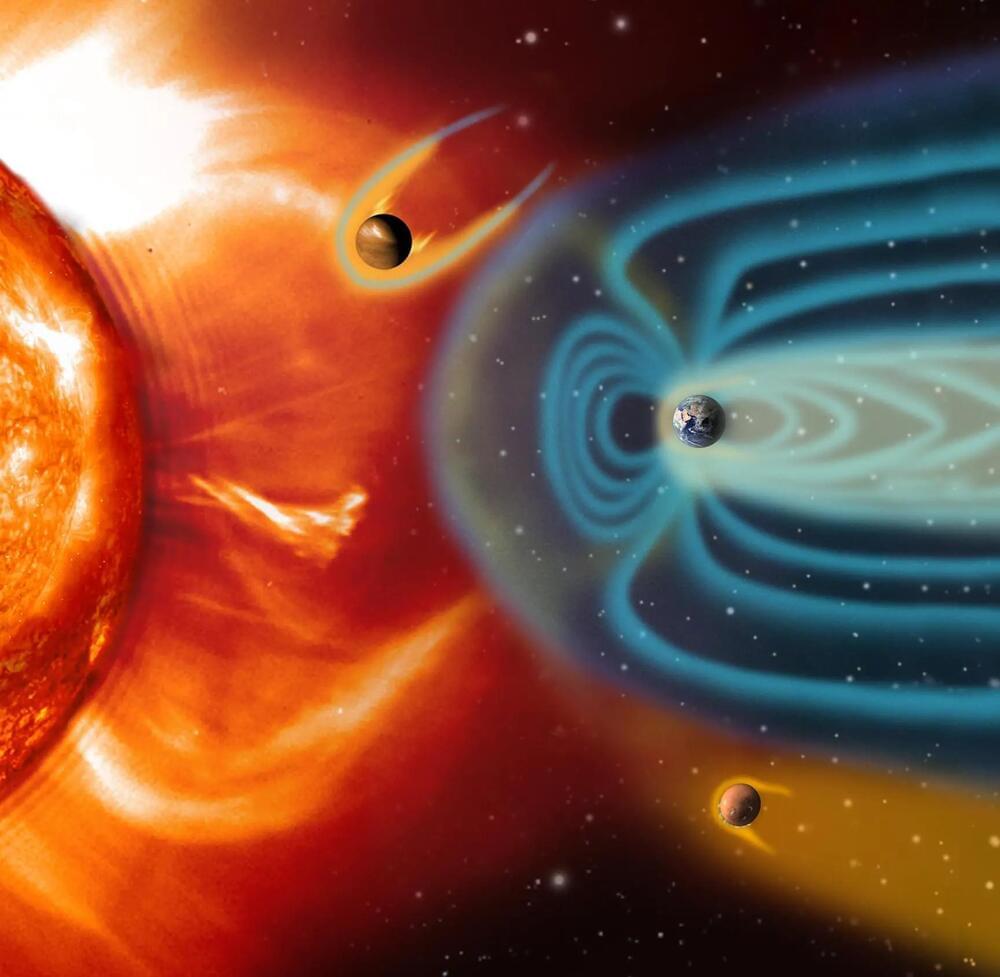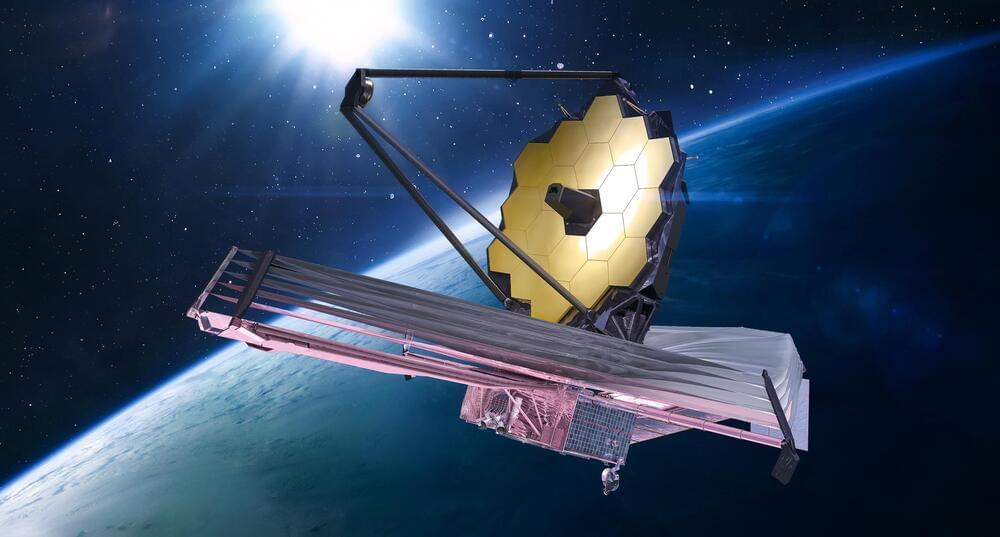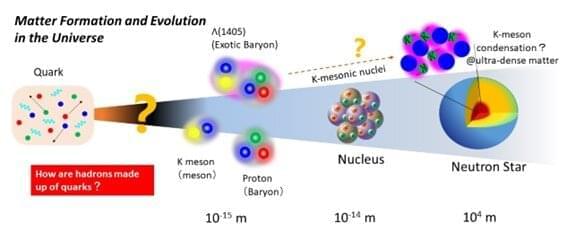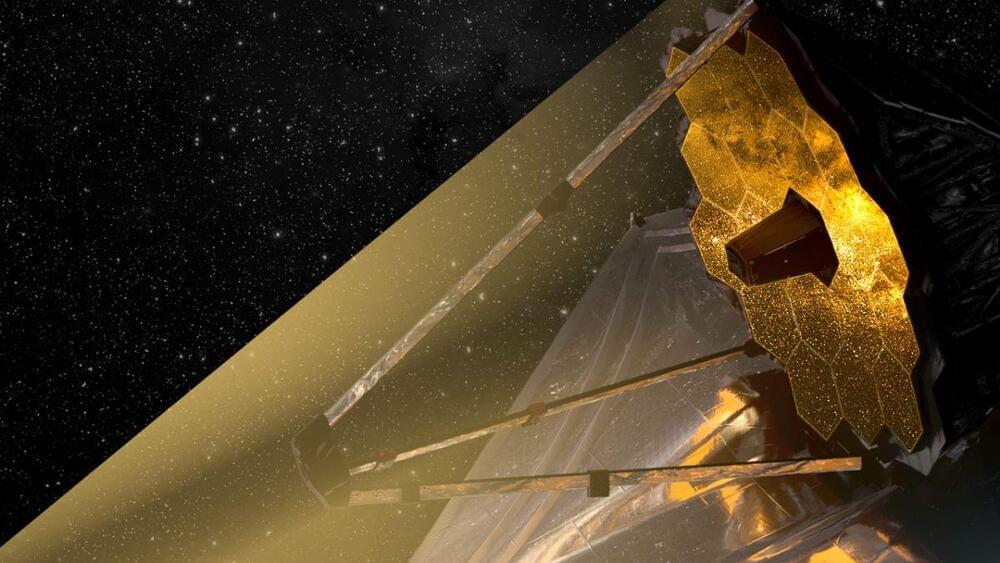The dynamics of electrons submitted to voltage pulses in a thin semiconductor layer is investigated using a kinetic approach based on the solution of the electron Boltzmann equation using particle-in-cell/Monte Carlo collision simulations. The results showed that due to the fairly high plasma density, oscillations emerge from a highly nonlinear interaction between the space-charge field and the electrons. The voltage pulse excites electron waves with dynamics and phase-space trajectories that depend on the doping level. High-amplitude oscillations take place during the relaxation phase and are subsequently damped over time-scales in the range 100 – 400 fs and decrease with the doping level. The power spectra of these oscillations show a high-energy band and a low-energy peak that were attributed to bounded plasma resonances and to a sheath effect. The high-energy THz domain reduces to sharp and well-defined peaks for the high doping case. The radiative power that would be emitted by the thin semiconductor layer strongly depends on the competition between damping and radiative decay in the electron dynamics. Simulations showed that higher doping level favor enhanced magnitude and much slower damping for the high-frequency current, which would strongly enhance the emitted level of THz radiation.
